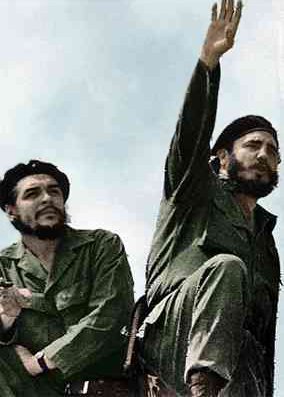
When the world was at a standstill in 1961 with the ensuing Cuban Missile Crisis, fears and tempers reached fever pitch. In an attempt to prevent the world coming to nuclear warfare, on 17 April 1961 America launched the Bay of Pigs Invasion, which was aimed at overthrowing the revolutionary government of Cuban leader Fidel Castro. It was, however, to be a failure and was defeated within three days by the Cuban Armed Forces. The original mastermind behind the plan was President Eisenhower, who hesitated in implementing it, so it fell to his successor President Kennedy to decide whether to pursue it.
The Bay of Pigs mission, launched by Brigade 2506, was intended to create mass uprisings among the Cuban people to create greater support for the American cause. But it failed to provoke uprisings of any kind, and failed to destroy Castro’s air force. Furthermore, much of Brigade 2506’s ammunition and communications equipment was destroyed. Within two days, more than 100 men of the invading force were killed and 1,200 surrendered.
The plan’s failure was deemed an embarrassing blow to President Kennedy. Nevertheless, he pursued peace with Castro and the Soviet Union, and an agreement was reached that prevented World War Three. If you want to read more on this story, it appears as the subject of our ‘Trigger Point’ feature in Issue 3 of History of War Magazine. See the Home page of this website for a sneak peek.
<!–
__
